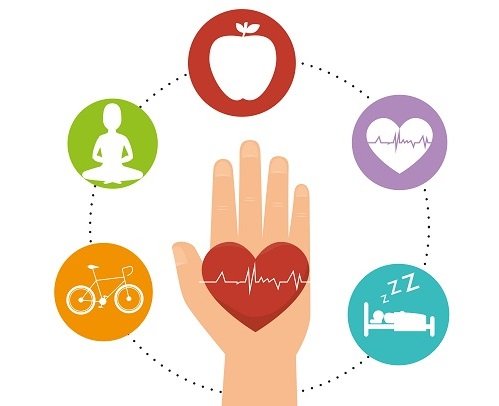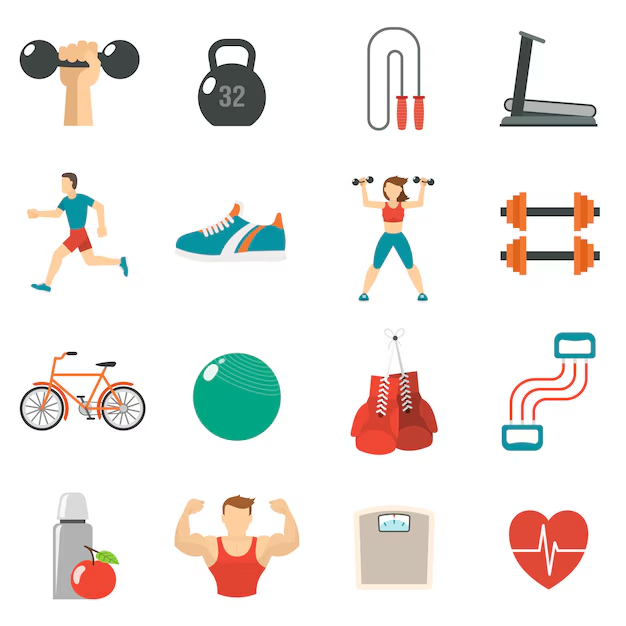Preventing Sports Injuries: A Comprehensive Guide to Smart and Safe Training
Sports offer incredible benefits for physical and mental well-being, fostering fitness and enjoyment for athletes of all levels. However, the inherent physical demands of athletic competition and training carry a risk of injury. Prioritizing safety through proactive measures is crucial for maximizing the positive aspects of sports participation while minimizing the potential for harm.
Essential Strategies for Injury Prevention
Adopting a holistic approach to training, encompassing both physical preparation and mindful practices, significantly reduces the likelihood of sports-related injuries. The following strategies form the cornerstone of a safe and effective training regimen:
Warm-up and Cool-down Routines:
A dynamic warm-up, incorporating movements that mimic the sport's actions, prepares the body for exertion. Equally important is a cool-down period featuring gentle stretching to promote flexibility, reduce muscle soreness, and aid recovery. This crucial step enhances blood flow and reduces the risk of muscle strains or tears.Protective Gear:
Appropriate protective gear is indispensable for many sports. Helmets for cycling or skiing, shin guards for soccer, mouthguards for boxing, and other specialized equipment provide a critical barrier against impact and injury, significantly reducing the severity of potential harm.Gradual Progression:
Avoid the temptation to push too hard, too soon. A gradual increase in training intensity and duration allows your body to adapt and build strength, resilience, and endurance, preventing overuse injuries and muscle strains. Listen to your body's signals and adjust your training accordingly.Cross-Training:
Diversify your activities to prevent overuse injuries. Incorporating varied movements and sports reduces repetitive strain on specific muscles and joints. For instance, a runner might benefit from incorporating swimming or cycling into their routine for a balanced approach.Listen to Your Body:
Pain is a warning signal. Ignoring discomfort can lead to more serious injury. Rest when needed, and don't hesitate to seek medical advice if pain persists or worsens. Prompt attention to minor issues can prevent them from escalating.Hydration:
Dehydration impairs performance and increases the risk of cramps and muscle strains. Maintain optimal hydration by drinking plenty of water throughout the day, especially before, during, and after training sessions.Prioritize Rest and Recovery:
Adequate rest is paramount for muscle repair and recovery. Incorporate rest days into your training schedule to allow your body to rebuild and prevent overuse injuries and burnout. Sleep is also crucial for optimal recovery.Master Proper Technique:
Incorrect technique strains joints and muscles, significantly increasing injury risk. Seek guidance from experienced coaches or trainers to ensure proper form in all activities. Investing in professional instruction pays dividends in injury prevention.Strength Training:
Strength training builds strong muscles, improving balance and overall performance. Stronger muscles provide natural protection against injuries by supporting joints and absorbing impact.Flexibility Training:
Regular flexibility training, incorporating activities like yoga or Pilates, enhances range of motion and reduces muscle strain risk. Increased flexibility contributes to injury prevention and improved athletic performance.Assess Playing Surfaces:
Be mindful of the playing surface. Wet or uneven surfaces increase the risk of slips and falls. Adapt your technique and movements to the conditions to maintain safety and control.Fuel Your Body:
Proper nutrition is fundamental for muscle repair and recovery. A balanced diet rich in fruits, vegetables, lean proteins, and whole grains provides the essential nutrients needed for optimal performance and injury prevention.Regular Health Check-ups:
Regular check-ups with a healthcare professional allow for early detection of potential problems. Personalized advice from medical experts ensures your training is safe and effective for your individual needs.Know Your Limits:
While pushing boundaries is part of athletic progress, respecting your body's limits is crucial. Overtraining invites injury. Progress gradually, and prioritize safety over exceeding your current capabilities.
Conclusion: A Balanced Approach to Athletic Excellence
Preventing sports injuries isn't about avoiding activity; it's about training smarter and safer. By integrating these strategies into your routine, you significantly reduce the risk of injuries, allowing you to enjoy your chosen sports for years to come. Remember, a proactive and balanced approach to training ensures you can pursue your athletic passions safely and effectively.
Share your thoughts and experiences on injury prevention in the comments below!
```





No comments yet. Be the first to share your thoughts!